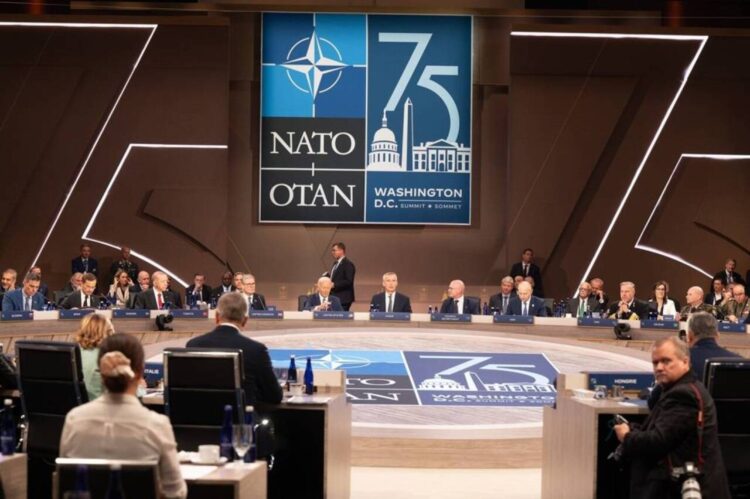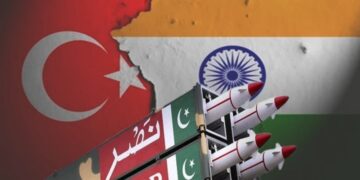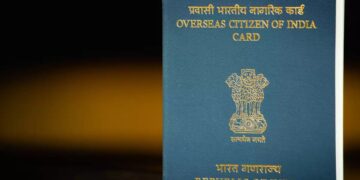At their summit in Washington on Wednesday, NATO countries announced a “substantial package” of support for Ukraine, as described by alliance chief Jens Stoltenberg. This comes two and a half years into Russia’s invasion of Ukraine, with NATO pledging to maintain support for another year.
Key Elements of NATO’s Support
Centralized Command for Training and Weapons Delivery
NATO will assume a greater role in coordinating training and weapons deliveries to Ukraine, establishing a centralized command. This move aims to safeguard supplies to Kyiv, especially against potential political shifts in the United States, such as a possible return of Donald Trump to the White House. Hundreds of personnel from NATO members will be stationed at a base in Germany and key hubs along the alliance’s eastern flank.
Financial Commitment
NATO countries have pledged to continue supporting Ukraine at current levels, aiming for a minimum of 40 billion euros ($43 billion) in aid over the next year. This political promise, however, is not legally binding and could be subject to change with future leadership.
Ukraine’s Path to NATO Membership
While Ukraine did not receive a clear invitation to join NATO in the near future, leaders reaffirmed that Kyiv’s path to membership is “irreversible.” The NATO package is described as a “bridge” to eventual membership, though specific conditions and timing remain undefined.
Military Aid and Equipment
Advanced Air Defenses
US President Joe Biden announced a significant package of advanced air defense systems to help Ukraine repel Russian attacks. This includes contributions from Germany, Romania, the Netherlands, Italy, and the United States, adding up to several Patriot systems. Despite this, the total still falls short of the seven Patriot systems Ukraine has been requesting since April.
F-16 Fighter Jets
The US, Netherlands, and Denmark confirmed that the transfer of F-16 fighter jets to Ukraine is “now underway,” with the aircraft expected to be operational this summer. While NATO allies have promised to deliver dozens of F-16 jets in the coming years, this is still below the approximately 120 jets that Ukrainian President Volodymyr Zelensky has stated are needed.
Future Prospects and Challenges
NATO’s commitments, while substantial, highlight ongoing challenges and limitations in fully meeting Ukraine’s military needs. The summit’s decisions reflect both the alliance’s strategic support for Ukraine and the political complexities of long-term commitments.

















Comments